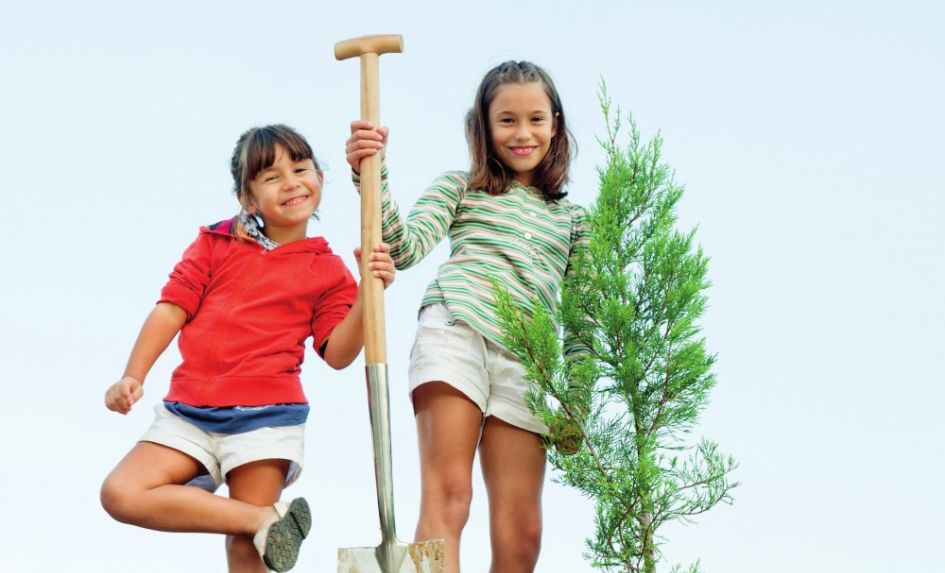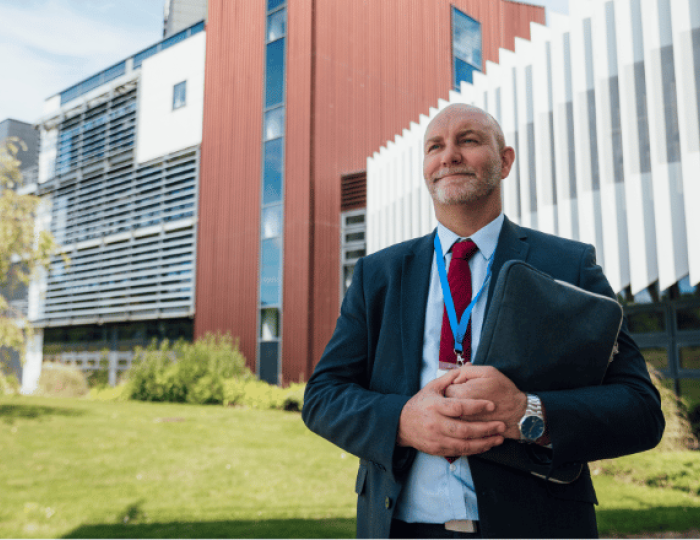Manorfield Primary is an inner-city London school with lots of outdoor space, but that space is pretty grey. Our pupils don’t often get the chance to enjoy the outdoors, especially in the local area where there isn’t much green space, so we wanted to make the school as green as possible and give the children the chance to experience and enjoy nature.
With shrinking school budgets, we’re keen to work with any partners who can help us to do this, so the offer of free trees from Trees for Schools – a programme funded by Defra and delivered in partnership with the Woodland Trust – was great for us.
I can go with my own children to Epping Forest for a day, or any of the other large London parks, and they’ll get to experience nature, but not all children have those same opportunities. Even touching a tree is something that many of the children at Manorfield haven’t experienced for themselves. Those little things we take for granted – catching a falling leaf, seeing a caterpillar on a tree branch – can all enrich a child’s language and their understanding of the world around them.
The children have really enjoyed getting their hands and feet dirty by planting and caring for the trees we’ve received. Ordinarily, the children we teach won’t have the chance to do things like dig a hole and look for worms, let alone plant a tree.
Through Trees for Schools, they’ve been able to experience a real sense of ownership from seeing a whip they’ve planted grow from week to week while thinking “This is something I created!” It can be hard for parents living in cities to give their children access to nature, which is why it’s important that this can be done at school.
The best part is seeing the children’s excitement. Having seen the process of tree planting, they’ll ask what happens next, how much water trees need and get to provide that water themselves. This can filter into their lives outside of school, encouraging them to become the kind of people who look after their environment and persuade others to do the same.
Many schools in Tower Hamlets are sadly in areas where levels of air pollution exceed safety levels, so the more we can do to counter that, the cleaner our air will be too. I’d love for our school to be carbon neutral – we’re not there yet, but with every tree we plant we get closer to that goal. Besides trees, I’d also like to make it so that the children can access other green spaces such as mini woodland, fruit trees and a wildflower meadow within the school grounds.
The local community has responded to our trees initiative really well. We already had an Edible Playground close to where children get picked up and dropped off, which has helped to engage parents and other members of our local area.
More generally, the trees have made our premises feel more welcoming. When people see a school taking care of itself, be it through applying a lick of paint or planting trees, it shows that it cares – about both the environment and the children it teaches.
Paul Jackson is the headteacher at Manorfield Primary School; for more information, visit treesforcities.org/trees-for-schools or follow @TreesforCities










